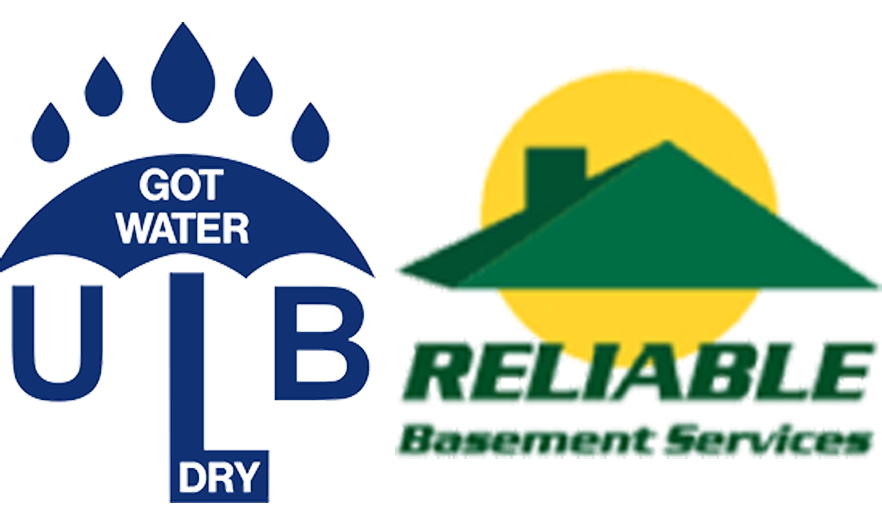Foundation crack repair isn’t a glamorous home improvement, but it ensures the comfort and financial value of homes in Chicago, Naperville, Oak Brook and Park Ridge.
Homeowners shouldn’t fret about all the cracks encountered in a building foundation, because many are insignificant in size and as pathways for moisture entry. However, others may cause serious structural and environmental damage.
Learning how to identify which cracks are problems in need of sealing is helpful in deciding when to seek professional repair, including basement or slab foundation waterproofing.
Hairline Shrinkage Cracks
Whether in a slab foundation or the floor and walls of a basement, hairline cracks generally aren’t an imminent problem. By hairline, we mean ones that are 1/16 inch wide or less.
Even new, well-constructed foundations have some hairline cracks that occur as concrete dries. They’re also called shrinkage cracks.
Although some shrinkage cracks are so thin you almost can’t see them in slab or basement walls. But touch can tell you if moisture is seeping through. If so, sealer can be injected into the cracks.
Horizontal Bowing Cracks
Pressure from moisture building up in the soil outside a foundation wall is the main reason why foundation walls bow and horizontal cracks wider than 1/16 inch appear.
This may be caused by matters as simple as roof runoff not being redirected far enough from the building’s perimeter or foundation plantings that require too much watering. However, decades of freeze-thaw cycles or large tree roots may also create bulges that lead to bowing cracks and moisture penetration.
Also, improper grading of soil next to a house so that precipitation doesn’t flow away from it may cause this problem. Then re-grading soil to angle it away from a slab or basement foundation is a solution. Waterproofing may further require installing drainage in the ground to direct water away from the building.
Diagonal Cracks
Four kinds of diagonal cracks may affect foundation walls in different ways. Professional analysis is necessary to determine the best methods for remediation.
One. Aside from inviting moisture (and then mold) inside a crawl space or basement, a crack that begins at the top of a wall and angles down to a corner may cause its wall to tilt. Moist or expansive soil may create the problem by pressing on the wall. Missing anchor bolts connecting the wall with first-floor framing may also be the source of the problem.
Two. A diagonal crack that develops at the corner of a window or door generally is caused by concrete shrinkage.
Three. Some diagonal cracks caused by foundation settling are wider at the top than at the bottom and may appear anywhere in a wall.
Four. “Stair stepping” cracks develop in brick or block wall foundations. They involve a step-like pattern of cracking along grout lines. Although sinking areas of a foundation are likely spots for stair-stepping, the condition also may be caused by soil pressure from moisture or expansion.
Professional Solutions
Professional basement waterproofing specialists provide solutions for cracks and dampness in basements and slab foundation crawl spaces. Problems in foundations create problems throughout your home. To get serious about basement waterproofing Oak Brook and other surrounding Chicago communities need, contact ULB-Dry Waterproofing today.





